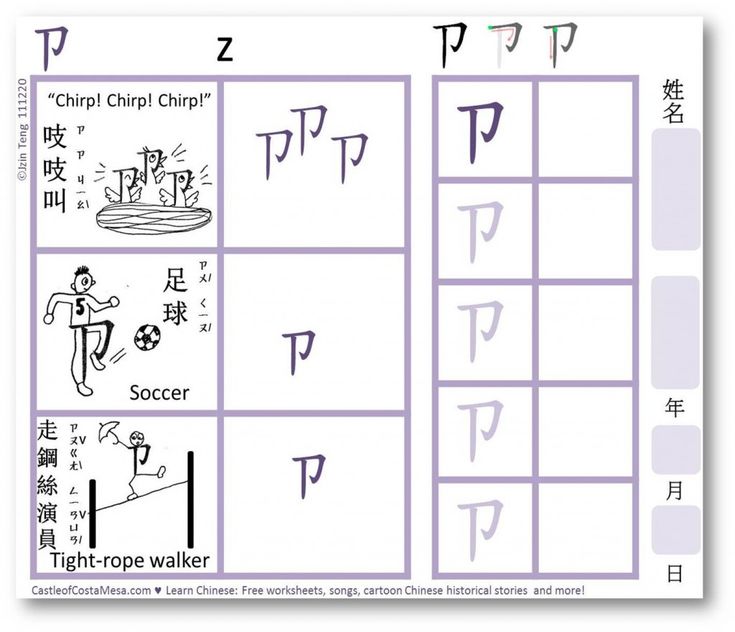How to teach your child mandarin chinese
How I'm Teaching My Kids Mandarin Chinese: 7 Techniques for Raising Your Children in Your Non-Native Language
For the first two years of my son’s life, I spoke to him almost exclusively in Chinese.
We read, we played, we watched movies, and I gave instructions… all in Mandarin Chinese.
But as he got older and things started to change, I began to slip. English crept in until, fast forward to about two months ago, it was the only language he and I really spoke together.
Whenever I tried to bring Chinese back in, it seemed like he didn’t understand and that discouraged me from using it with him even further.
But then I got some encouragement and a bit of a push to bring Chinese back. And I realized I worried for nothing.
My Fears Raising My Children in My Non-Native Language
When I made the decision to speak to my son in Chinese, I had very little support. I had done all the research and knew it would work, but little comments from friends and family slowly pecked away at my confidence in what I was doing. I heard:
- You’ll confuse him!
- He won’t be able to talk to me because I won’t understand him.
- He’ll have speech delays.
- He’ll have trouble talking and will need to see a speech therapist.
The opinions went on and were endless.
Then he hit age two and he still wasn’t really speaking. He said a few words in his three languages—French, Mandarin, and English—but not many. He seemed to understand everything just fine. In fact, if I gave him instructions in English he’d ignore me. When I switched to Chinese and gave them again, he listened right away.
Me: Little Linguist, please sit down.
Little Linguist continues standing on the chair
Me: 请坐下!
LL sits down immediately
Nonetheless, I grew less certain I wasn’t doing all the things everyone warned me against. I let my fears everyone else was right in and English made its move and took over.
The Challenges Raising My Children in My Non-Native Language
I speak Chinese quite well.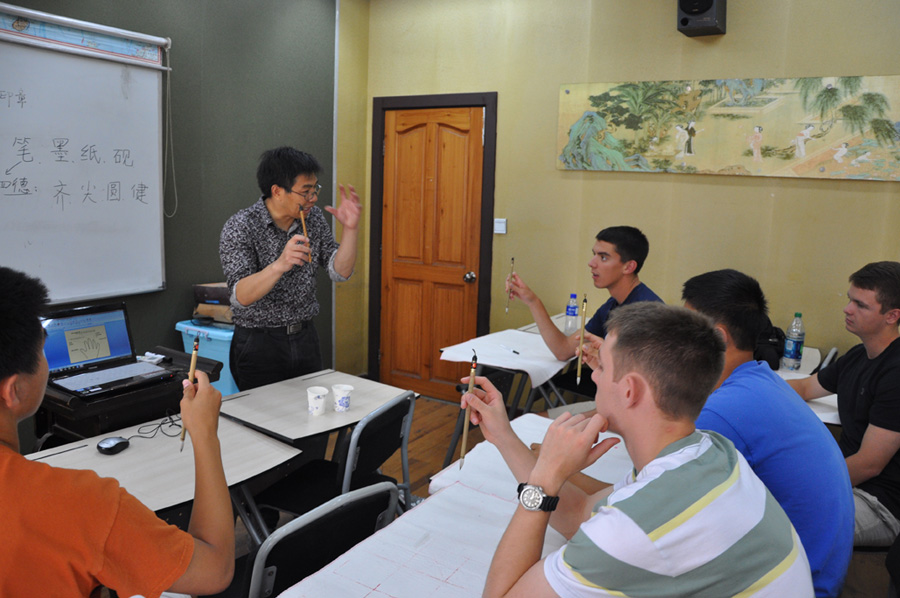 It’s a language I’m fairly comfortable in and I have a pretty big vocabulary. But kids are curious and my son constantly stumped me.
It’s a language I’m fairly comfortable in and I have a pretty big vocabulary. But kids are curious and my son constantly stumped me.
“What’s that?” he asked pointing to the fire sprinkler in the ceiling. The cement truck. The spinning top. The cupcake.
Suddenly, I was swamped with words I never realized I’d need to know.
At first, I’d tell him I didn’t know and I started to keep a running list to share with my tutor. I’d be prepared the next time.
But as I said, my son was curious. And soon, I was spending my entire hour-long lesson looking up words with my tutor. Words I still needed to study and learn after the lessons were over.
Then more comments came in…
What if you teach him your mistakes? I had an answer for that one. I knew that if I made sure he had enough exposure to native speakers, he’d one day correct me.
What if he learns your accent? Again, I knew he’d speak Chinese accent-less if he had enough exposure.
But because there were gaps in my knowledge, things I didn’t know I’d need to know to say, English again stepped through the door because it was tough to leave so many questions open for my son because I didn’t know how to answer him in Chinese.
How I Made Efforts to Compensate My Knowledge and Raise My Son as a Native Chinese Speaker Even Though I’m Not One
Knowing I needed support raising my son to speak Chinese, I did my best to get all my bases covered.
When he was a year old, we attended Mommy and Me Chinese immersion classes. I’d ask the teacher questions and make mental notes of how she spoke to the children in the class.
We read together in Chinese every night. I’d buy books and study them on my own in advance, learning the new vocabulary before I’d add them to our nightly rotation. I’d put in sticky notes with the pinyin for characters I didn’t know.
We’d watch movies in Chinese. I made sure to buy a copy of the Chinese versions of movies I knew he loved. Finding Dory. Kung Fu Panda. Cars. For his first Christmas, my brother bought him an all region dvd player and some movies.
We had flashcards I used to teach him new words. Little Pim was a big help.
But most importantly, I used it with him as much as I could until I didn’t…
How I’m Bringing Chinese Back and Raising My Kids to Speak It
About two years have passed since Chinese’s presence in our lives slowly started to diminish.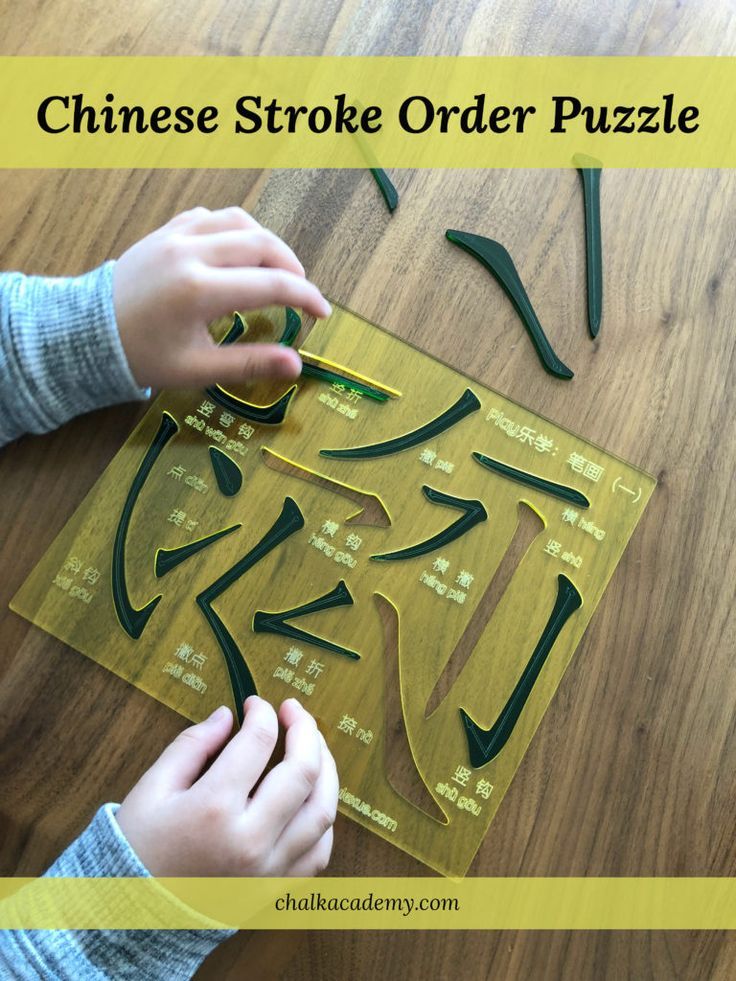 My kids are now 4 and 6. This past summer, we moved into a new neighborhood and were surprised to find that a good number of the kids who live here and hang out with our kids are… bilingual.
My kids are now 4 and 6. This past summer, we moved into a new neighborhood and were surprised to find that a good number of the kids who live here and hang out with our kids are… bilingual.
There are kids who speak German, kids who speak Spanish, kids who speak Belarusian, and kids who speak Persian.
My kids would brag to their friends that I knew lots of languages, but I could tell they felt a little jealous and left out. And even share that they spoke Chinese, even though that wasn’t really the case any more.
Their dad, one day while listening to one of these conversations with their friends looked at me and said, “you really need to speak to the kids in Chinese.”
I tensed. The kids are older. How would I suddenly switch to another language with them? How would I keep from letting English take over again? I didn’t know where to restart.
But then I remembered, I don’t need to restart by doing all the things I was doing before. I just need to start with something.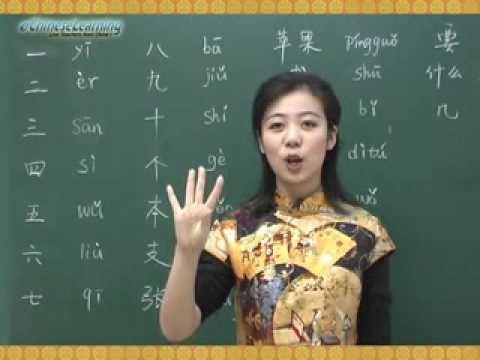 And besides, if I suddenly switched back to Chinese, the kids wouldn’t always understand me. It would be frustrating for them and for me and it’d quickly become a thing they’d reject.
And besides, if I suddenly switched back to Chinese, the kids wouldn’t always understand me. It would be frustrating for them and for me and it’d quickly become a thing they’d reject.
So we decided to take things slow.
Here’s what I did, step-by-step to add Chinese back into our lives at home and raise my kids to speak my non-native language.
1 We read in Chinese every night
Each night the kids got to pick one book, but I got to pick one too. My pick would always be a Chinese book to make sure that at least one of the books we read together was in Chinese. And sometimes, the kids would pick a Chinese book as well.
I went back to basics and at first, picked the simplest books we owned. I’d read in Chinese, translate in English and ask them to repeat words after me.
When they’d point at something in the book and say “rabbit!” I’d nod and reply “对. 兔子.”
2 We changed the rules about tablet time
Before, we’d let the kids use their tablets on long car rides or as a reward for a particularly good day.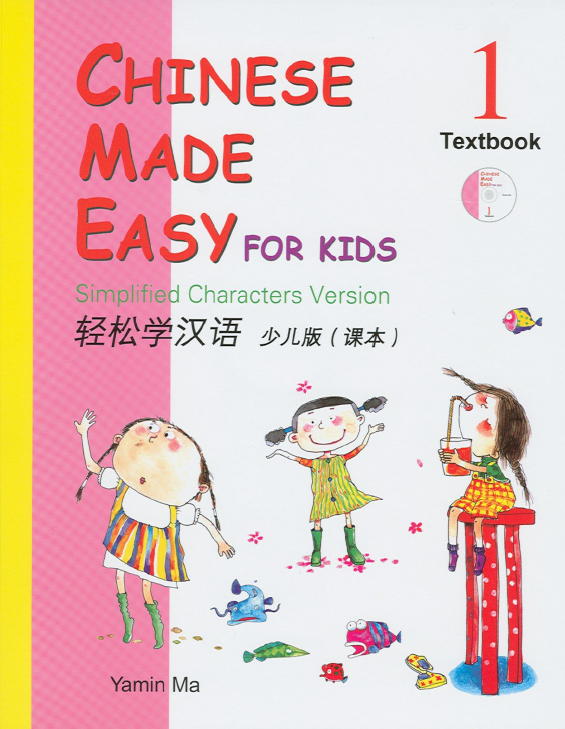 But that didn’t mean they didn’t ask for them more than that. So when we started to reintroduce Chinese, we created a new rule. We told them they could have their tablets if they either 1) watched something in Chinese (usually Little Pim or Sesame Street in Chinese, but their tablets also have Chinese movies on them) or 2) played a Chinese game (currently: Gus on the Go).
But that didn’t mean they didn’t ask for them more than that. So when we started to reintroduce Chinese, we created a new rule. We told them they could have their tablets if they either 1) watched something in Chinese (usually Little Pim or Sesame Street in Chinese, but their tablets also have Chinese movies on them) or 2) played a Chinese game (currently: Gus on the Go).
3 We changed the rules about tv time
If the kids wanted to watch Power Rangers or a movie, they first had to watch 20 minutes of a movie in Chinese. We stocked up on movies they love—Trollz, Frozen, Wreck It Ralph, Minions—so they’d still have options they’d want to watch.
My son took to this immediately. Nearly every time we start a Chinese movie, he doesn’t ask to switch when the timer goes off. Instead, he watches it in its entirety and then moves on, not asking for whatever English language program he originally requested.
My daughter (the 6-year-old) is a little more entrenched in English, so she does the bare minimum.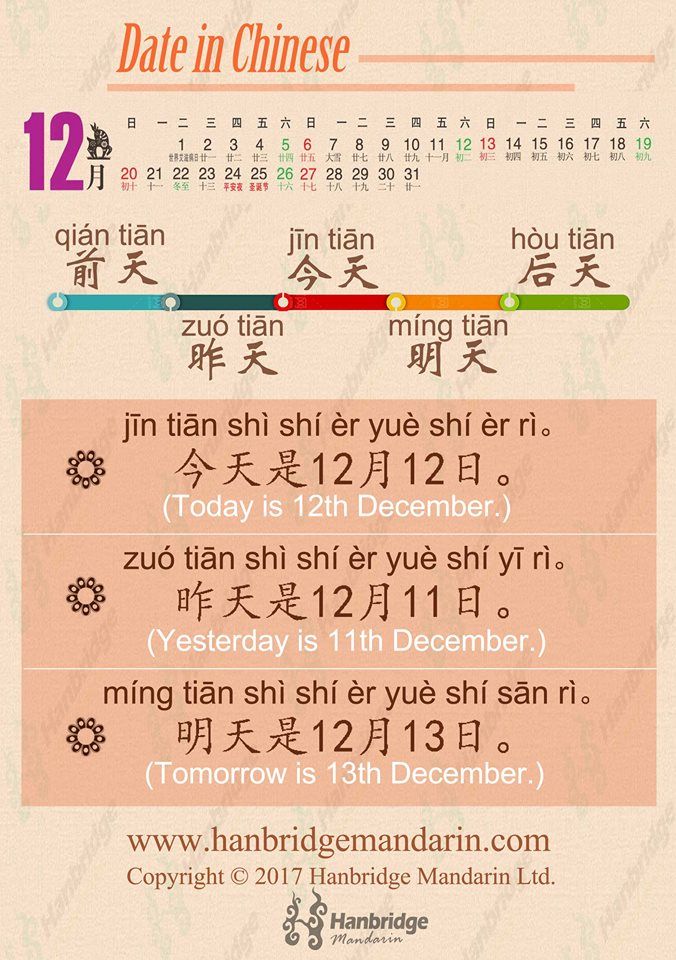
4 Games and snacks became okay
Usually, we try to avoid too many snacks and it can be tough to arrange the time to sit down and play board games or card games with the kids regularly. But we made an agreement. If they asked for a snack in Chinese, they’d get one (as long as it wasn’t too close to mealtime). And if they played a game in Chinese, we’d sit down with them.
Candyland is great for learning colors. And UNO is amazing for both colors and numbers.
5 We keep a list of new Chinese words we review
Each week, I introduce them to a new set of words. I keep a journal so that I can keep track of what they should already know. I write them out using our alphabet fridge magnets, but I also add them to our chore board (along with our “rules”) just in case the magnets get played with.
6 I share what they work on in Chinese at home with their tutor
And in doing so, their tutor is able to reinforce what they learn with me. Their tutor is my tutor, so when I have my lessons, we spend part of our time discussing what I worked on with the kids so that when they have their lesson, she can work on it with them. She’s an amazing tutor and she knows just how to interact with each of my kids to keep them engaged.
She’s an amazing tutor and she knows just how to interact with each of my kids to keep them engaged.
With my daughter, it’s telling her she can’t be the real Loulou because she heard that the real Loulou learned three new colors this week. And she’d only believe it’s Loulou if she could prove she knew those things in Chinese.
With my son, it’s letting him show off his toys and asking questions about them, introducing the Chinese words for things as those conversations happen.
7 I try to incorporate Chinese into other parts of our day
In the car with the kids? I ask them to find me something that’s 紫色 (purple) or 红色 (red). We count together. I wrote the names of our cooking spices in Chinese, English, and French. I tell them I don’t understand them unless they say “please”, “thank you”, and “excuse me” in Chinese.
To Sum Up
As the kids get older, they’ll likely start to resist some of my requests. But I’m hoping to normalize as many of the Chinese activities as possible so they don’t feel like it’s this extra thing they have to do.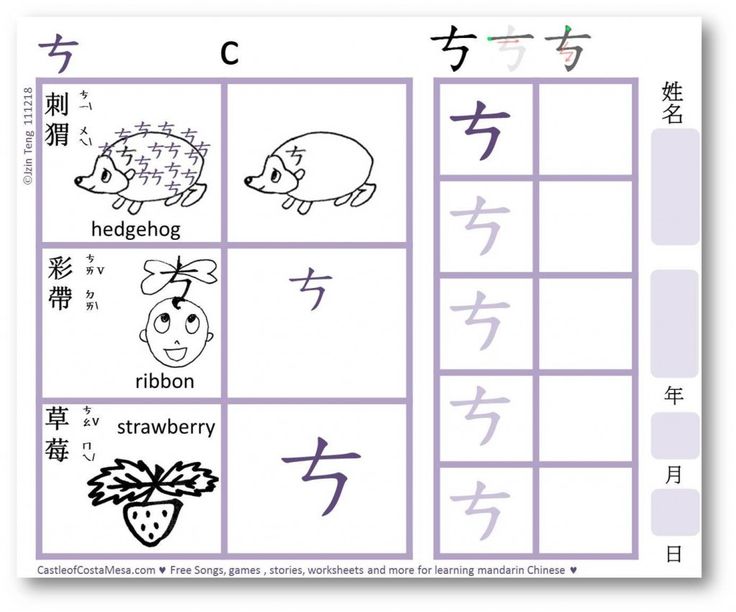
They have moments where they don’t want to do their Chinese lesson, or they don’t want to watch something in Chinese on their tablet to get tablet time. But thankfully, they still do it even if they’re a bit resigned about it.
I keep stocking up on Chinese language items for them when the opportunity arises. I recently purchased a few new movies and a set of fairy tales (stories they already know) in Chinese.
For now, I’m enjoying the hours of Chinese UNO and hearing their progress as they get more and more exposure to the language.
What about you? Are you raising your children to speak another language? Let me know what you’re doing to share a language with them in the comments below! And if you have any questions about our techniques, ask away!
The Best Way to Learn Chinese Online
Lesson Videos
Students
Lessons Learned
YouTube Views
Find out what makes the web's best Chinese courses so popular.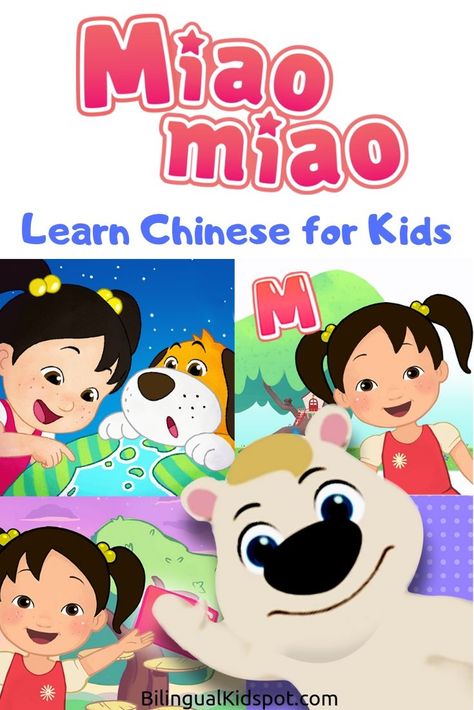
-
A clearly structured curriculum
Follow our guided study schedule and you'll always know what to do next. No more feeling lost!
-
Everything you need
1,000+ lessons in 6+ comprehensive courses means you can go from true newbie to speaking and reading Chinese all in one place.
-
See real results
With as little as 30 minutes a day, we guarantee you'll see real progress on Yoyo Chinese. It's that good!
-
A lifetime of learning
With many years worth of study materials - including 15K+ vocab flashcards, 10K+ quiz questions, and much more - you can easily review the Chinese you learn so you never lose it again!
Watch
Each video lesson is only about 5 minutes long, but still packed with valuable insights and explanations that just make sense.
Practice
With Practice mode you can review the material covered in the lessons with flashcards, dialogues, listening & speaking exercises, lecture notes, and more.
Quiz
Each lesson ends with a ten question interactive quiz, letting you test your new knowledge and make sure it sticks.
I want to study 30 minutes a day for 161224 months
-
Beginner
Course
-
Character I
Course
-
Intermediate
Course
-
Character II
Course
-
Upper Intermediate
Course
-
Character Reader
Course
You will be able to…
-
0
Videos -
0
Flashcards -
0
Audios -
0
Quiz Questions
And that’s not all!
-
Pinyin Chart
& Other Tools
-
Chinese
Grammar Series
-
How To Say
Series
-
Downloadable
Resources
-
Smart Mastery
Tools
Stop wasting time on AI-built apps that don't work
Get real results with Yoyo Chinese in a matter of WEEKS, not
years! We don’t rely on AI-generated dialogue.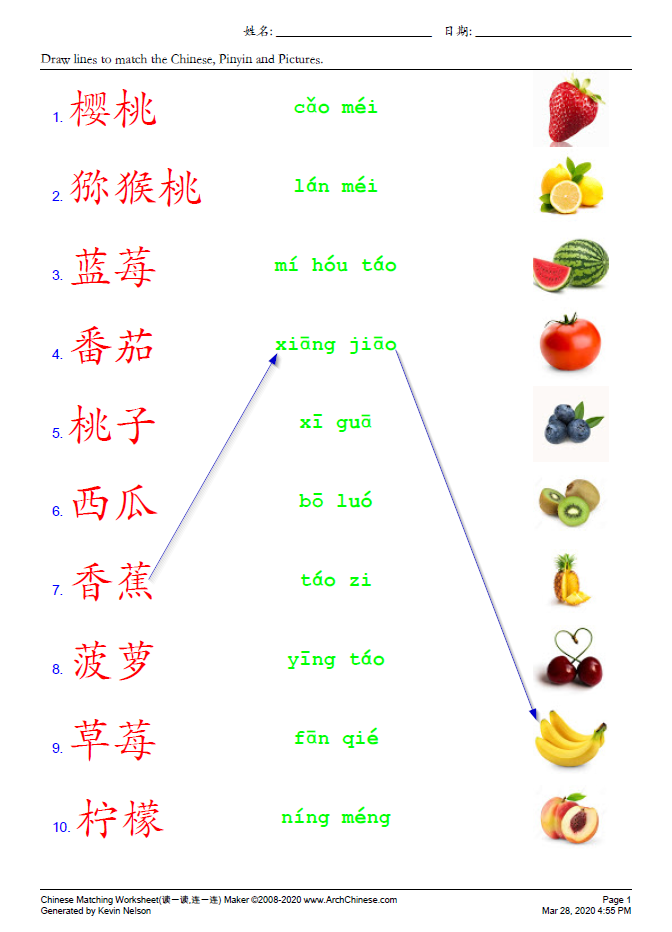 Instead we’ve
spent the last 10+ years designing Yoyo Chinese so that it
solves the most common problems that Chinese language learners
face. If it’s results you’re looking for, you’re in the right
place!
Instead we’ve
spent the last 10+ years designing Yoyo Chinese so that it
solves the most common problems that Chinese language learners
face. If it’s results you’re looking for, you’re in the right
place!
-
Fast! In less than 30 days you’ll be able to correctly pronounce every possible sound in Chinese (pinyin and tones) and even know how to introduce yourself, count to ten, greet and bid farewell, and many other basic skills! In less than 6 months you’ll be proficient in basic conversational Chinese. Hard to believe? Check out the “What our students have to say” section to hear from other Chinese language learners just like you!
-
Yes! And you can read all about the details of why and how here on Yoyo Chinese, but don’t just take it from us - check out the “What our students have to say” section and hear it directly from them about how Yoyo Chinese is “the best Chinese language learning program out there”, “better than the competition”, “highly effective”, “super fun to use”, “perfect for beginners”, and “worth every penny.
 ” 🙂
” 🙂
-
Most Chinese learning apps are a business first and a learning program second - but NOT Yoyo Chinese. We don’t use AI and other shortcuts aimed at cutting costs. Instead, our team consists of real live Chinese language experts - both foreign and native - who are truly dedicated to creating the world’s best online Chinese learning program. We don’t just simply use technology, WE TEACH 👩🏻🏫.
-
While our Chinese Character Courses use simplified Chinese characters in the video lessons, Yoyo Chinese is fully optimized for learning with traditional characters.
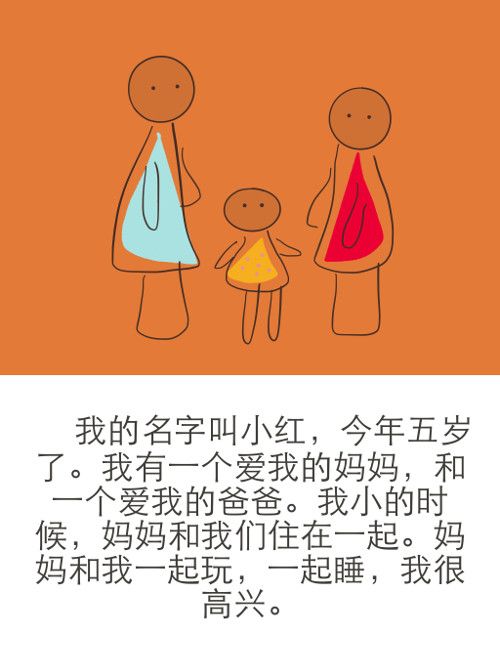 With
just the flip of a switch your flashcards, quiz questions
(minus the images), and other features will be in
traditional. And guess what? 70% of the 600 characters in
our Chinese Character Course are no different in traditional
than in simplified! 😊
With
just the flip of a switch your flashcards, quiz questions
(minus the images), and other features will be in
traditional. And guess what? 70% of the 600 characters in
our Chinese Character Course are no different in traditional
than in simplified! 😊
-
Yes! Although Yoyo Chinese wasn't made specifically for the HSK, our course material does intentionally overlap so well with HSK prep that students of ours have gone on to ace the test using ONLY their experience on Yoyo Chinese. To find out more check out this helpful guide here.
-
Subscription memberships to Yoyo Chinese are automatically recurring subscriptions just like other online services like Netflix or Spotify.
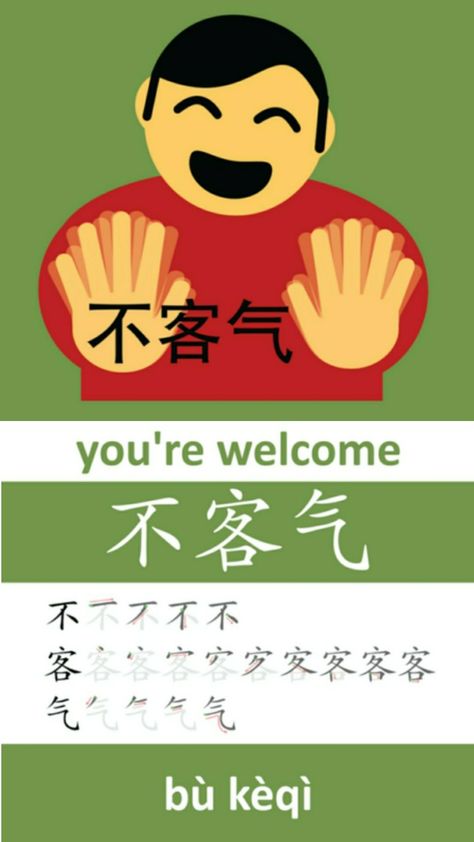 But as per our Cancellation Policy, you
may also cancel your subscription anytime - so no worries if
you need to take a break! The lifetime membership gives you
access to all the same content as a subscription, but with
just one payment and no expiration date! Read more about our
pricing plans here.
But as per our Cancellation Policy, you
may also cancel your subscription anytime - so no worries if
you need to take a break! The lifetime membership gives you
access to all the same content as a subscription, but with
just one payment and no expiration date! Read more about our
pricing plans here.
-
As you may already know, you’ll find all kinds of different answers to this question. But the truth is that it doesn’t have to take NEARLY as long to learn basic Chinese as most programs out there say it does. 📣We can confidently say that if you use Yoyo Chinese and follow our recommended study schedule of just 30 minutes per day, you can be speaking beginner level (basic) conversational Chinese with ease in 6 months or less! Try it and see for yourself!
-
Our lessons use unique and highly effective insights into Chinese tones and pronunciation that are made specifically for non-native Chinese learners like you.
 They include clips
of real-life, native Chinese speakers and a huge array of
interactive audio and video tools to use as you practice -
like our world-famous Interactive Pinyin Chart! We’re proud to say
that we’ve been able to help THOUSANDS of students from
around the world finally start speaking Chinese confidently
and without a funny accent! 😊
They include clips
of real-life, native Chinese speakers and a huge array of
interactive audio and video tools to use as you practice -
like our world-famous Interactive Pinyin Chart! We’re proud to say
that we’ve been able to help THOUSANDS of students from
around the world finally start speaking Chinese confidently
and without a funny accent! 😊
-
Nope! No live video lessons here. We do help our students find tutors we trust when they ask, but we don’t require you to do any live video lessons. Instead, Yangyang will become your teacher as you work through each of the 1,000+ pre-recorded video lessons on Yoyo Chinese.
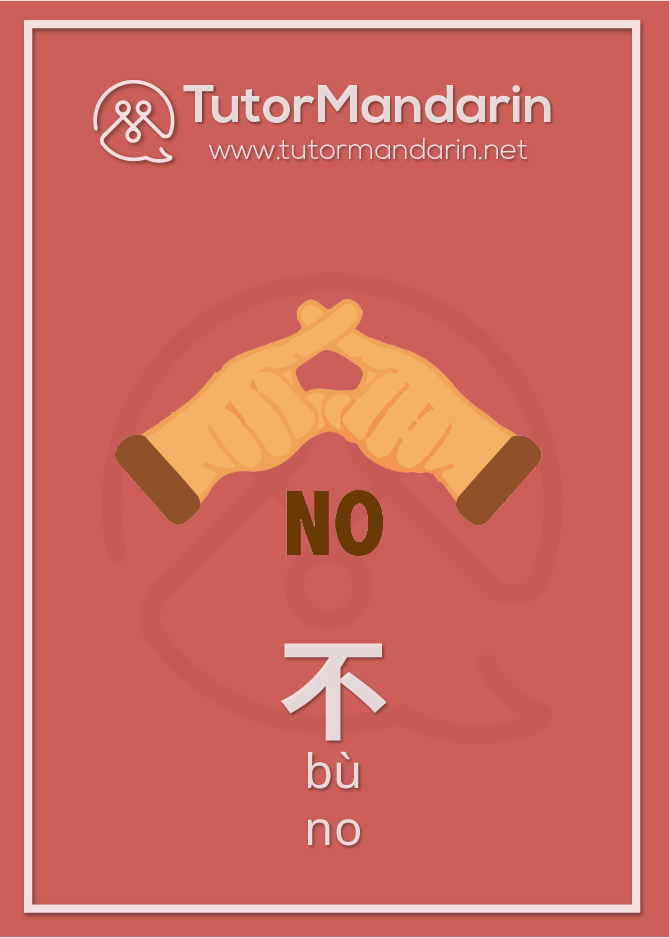 And even better,
you can re-watch, practice, review, or even ask a question
about any lesson, anytime, anywhere! 💪
And even better,
you can re-watch, practice, review, or even ask a question
about any lesson, anytime, anywhere! 💪
-
While there are tons of awesome free Chinese learning resources online (including lots that we created ourselves), the truth is that to really learn Chinese it’s absolutely essential to build a rock-solid foundation from the start. Structural learning facilitates consistency and ensures measurable outcomes. That’s why most of us received our education through structured learning systems such as college/university courses and training programs. This kind of learning just simply isn’t possible without the kind of guidance and support you get when you learn through structured programs like Yoyo Chinese.
 So don’t wait, start
learning today! 🎉
So don’t wait, start
learning today! 🎉
-
There are a number of interesting reasons Chinese can be a tough language to understand in the real world (accents, homophones, short words, etc.). If you rely on textbook-style recordings that are used in most other platforms and classrooms, you just don’t have the chance to get used to Chinese as it’s actually spoken by real people in the real world! Instead, we use real-life dialogues by native Chinese speakers from the very beginning. And with our detailed dialogue breakdowns and slow-speed audio recordings, you get the best of both worlds!✌🏻
Join us and have fun learning Chinese!
How to teach children Chinese
ChinaGroups » China Education Articles - ChinaGroups Blog » Chinese Language » Teaching Chinese to Children from an Early Age
Teaching Chinese to Children
Children are like sponges absorbing new information, so it is simply not to be missed.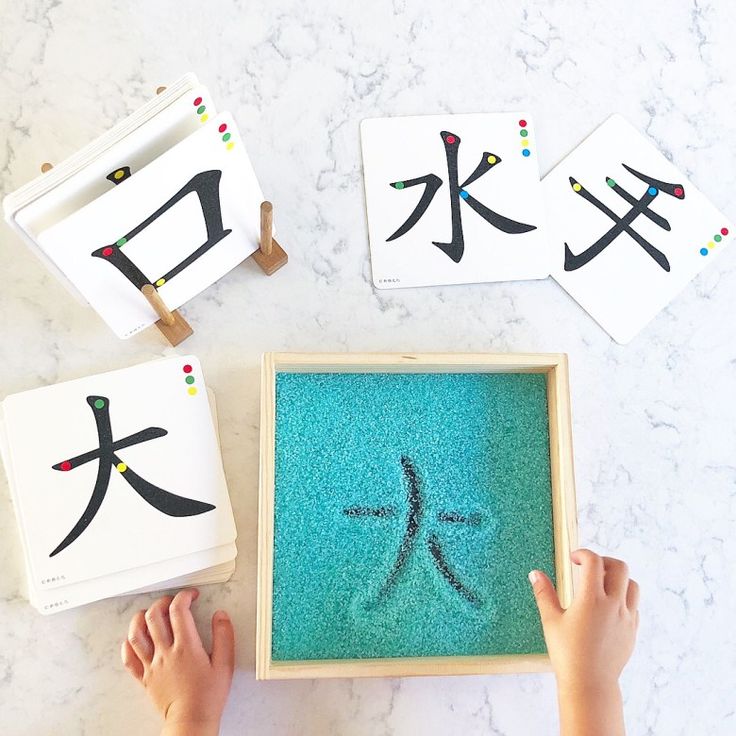 Feel free to send to teaching children Chinese from an early age if you think that Chinese will be useful to them. The sooner you manage to introduce your child to the language, the sooner the child will learn all its basics and acquire the correct pronunciation.
Feel free to send to teaching children Chinese from an early age if you think that Chinese will be useful to them. The sooner you manage to introduce your child to the language, the sooner the child will learn all its basics and acquire the correct pronunciation.
I took the liberty of pointing out a few rules for teaching Chinese to children.
1) As I have already said, a child should be introduced to the Chinese language from a very early age, for example, from the age of two. Children find it easier than adults to absorb information. Do not be afraid that everything is mixed up in the baby’s head. Children are well aware of the differences in languages. All children are curious and eager to learn new things. Learning languages is no exception, so they will definitely respond to your offer to get acquainted with something new.
2) Teaching Chinese to children is a fun and exciting game, and nothing else. Only in a playful way the child will be interested in the presentation of the material. You can draw, look at flashcards, read books, sing songs, learn rhymes, and even make applications using the Chinese language. In the game, gradually, but very firmly, knowledge is acquired. In no case do not put pressure on the child and do not force him to learn any rules. Thus, you can completely discourage the desire to study, and this will definitely not lead to good things. Your child should want to study on his own, only in this way he will easily learn a far from the easiest language.
You can draw, look at flashcards, read books, sing songs, learn rhymes, and even make applications using the Chinese language. In the game, gradually, but very firmly, knowledge is acquired. In no case do not put pressure on the child and do not force him to learn any rules. Thus, you can completely discourage the desire to study, and this will definitely not lead to good things. Your child should want to study on his own, only in this way he will easily learn a far from the easiest language.
3) Be sure to start each lesson with new and interesting material for the baby. Of course, repetition is good and necessary, but it can be done at the end of the session. And in order to lure the baby and remind you that learning Chinese is a lot of fun, start with a song or rhyme.
4) After you have managed to get your child interested in classes, you need to keep this interest until the end of the class, because teaching Chinese to children is not an easy process. The main secret lies in the dynamism of the lesson. You can’t linger on the same lesson for a very long time, often switch the child’s attention from one subject to another. It is important to remember that young children are extremely restless, so it will be good if during the lesson the exercises are replaced by various dances or finger gymnastics.
You can’t linger on the same lesson for a very long time, often switch the child’s attention from one subject to another. It is important to remember that young children are extremely restless, so it will be good if during the lesson the exercises are replaced by various dances or finger gymnastics.
5) Teaching Chinese to children, however, like any adult, requires a serious attitude towards it, so immediately accustom your child to the systematic nature of your studies. Only constant regular practice will bear fruit. If you try to randomly attract a child to classes, then he simply will not understand what is required of him, and it will also be difficult to remember the material that has been previously covered. The Chinese are famous for their method of raising their children, perhaps we should learn from them.
6) Encourage and praise your little students, because they really deserve it. The moral support of parents very well motivates children to do good deeds, and in our case, to learn the language. When the baby sees that his parents are proud of him and support him in cases of failure, he will definitely make progress and strive for more. It is good if the parents themselves have at least some knowledge of the language, because learning new things together is always much more fun and productive.
When the baby sees that his parents are proud of him and support him in cases of failure, he will definitely make progress and strive for more. It is good if the parents themselves have at least some knowledge of the language, because learning new things together is always much more fun and productive.
Follow our advice and you will instill in your child a love of learning from an early age. There are 1000 and 1 ways to teach Chinese to a child: hire a tutor, enroll in specialized courses, watch online lessons and study with him. But the most effective is to go to China and immerse yourself in a different environment for a while. You will see: your fidget, like a sponge, will absorb new knowledge about the culture, traditions and history of the Middle Kingdom. And we can easily help you organize your trip and apply for a visa.
Dmitry Ornatsky Views: 41063
Like this article? Tell your friends:
How to teach children Chinese.
 Bonus: top textbooks
Bonus: top textbooks Foreign languages August 7, 2020
Rating: 5
Why learn the language of a rapidly developing country, we do not discuss. But how to learn not the easiest language with a special tonality and a large number of hieroglyphs - we will discuss this.
Recorded the recommendations of the head of the online school of foreign languages Alfa School Narina Baghdasaryan.
Regularity is an important point. Children have developed short-term memory, it is better to study a little bit, but regularly, maintaining interest in the language.
At what age to start training
At the age of 2-3 years, the child learns everything new, not yet knowing the very word "teach". He just lives it. At 2-4 years old, he will remember the words, their pronunciation, that is, he will gain vocabulary, which will become the basis for further study.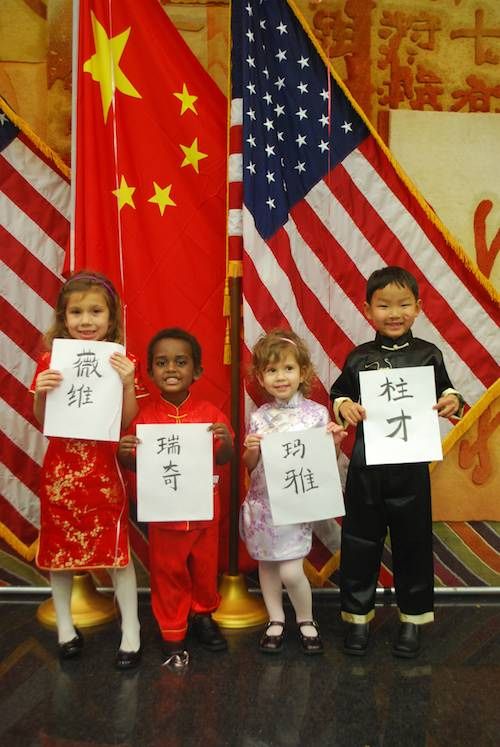 By the age of 7, he will already master the first hieroglyphs, learn to understand the main ones. He should develop a “hieroglyph-word” association, especially since for him a hieroglyph is just a picture.
By the age of 7, he will already master the first hieroglyphs, learn to understand the main ones. He should develop a “hieroglyph-word” association, especially since for him a hieroglyph is just a picture.
The main thing is not to overload the child, make sure that he wants to learn the language himself and do not get tired of motivating and praising him.
Getting Started
Of course, with the choice of the method of education - individual or group lessons for kids, a specialized kindergarten, language courses. It all depends on your preferences and the nature of the child.
After that, you need to start studying syllables, remembering that there are no letters in Chinese, and a character is a syllable. Words usually consist of two or three characters. Experienced teachers advise the Palladium table. This is a transcription of Chinese syllables in Russian letters.
The most difficult stage for understanding and speaking, of course, are phonetic features.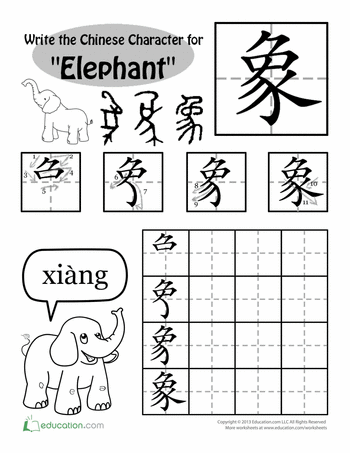 Vowels have four tones, and their incorrect use distorts the meaning of the entire sentence. Great helpers in this difficult task will be "speaking" books, cartoons, songs and poems in Chinese. All children imitate their favorite characters, repeat after them.
Vowels have four tones, and their incorrect use distorts the meaning of the entire sentence. Great helpers in this difficult task will be "speaking" books, cartoons, songs and poems in Chinese. All children imitate their favorite characters, repeat after them.
Regular viewing, communication in the classroom, sincere parental interest will consolidate knowledge.
Choosing a language school
Learning Chinese is very different from learning European languages. Therefore, when choosing a language school, you need to carefully approach the choice of a teacher. A competent professional not only quickly finds contact with the student, but also knows the teaching methodology, specially trained in this and, ideally, trained in China.
Chinese is taught according to certain rules. In the class, equal time is devoted to reading and grammar, speaking and listening. If you notice that by the end of the first school year, the child has learned hieroglyphs, but does not understand phonetic differences, and vice versa, then we advise you to think about changing the teacher.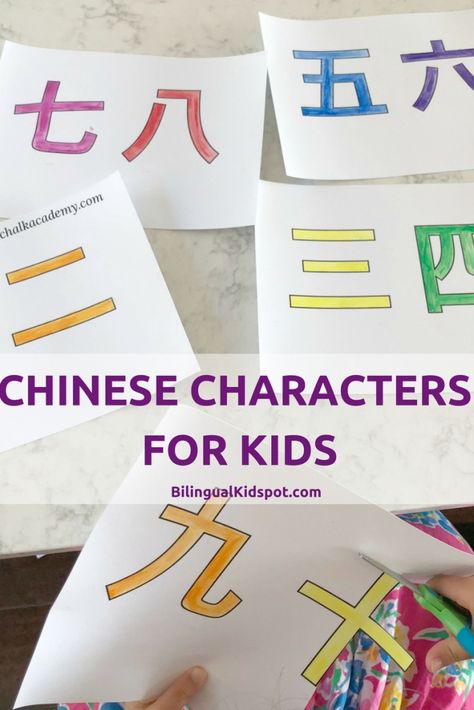
Studying with a professional teacher who knows and loves his job, for 8-10 years of study, the child must learn to communicate fluently in Chinese, be able to write hieroglyphs beautifully and clearly, that is, to know the language at an above-average level.
Home schooling
If it is not possible to enroll a child in a language school, then you can try to learn the language on your own. The Chinese authorities are doing a lot to popularize their language and make its study accessible. Since Russia is the closest and most significant neighbor, textbooks for different age groups are being developed and published.
It is important to instill love for the language and the country from a young age. Young children are inquisitive, they will be happy to listen to fairy tales and poems, sing simple songs. When teaching a child, be sure to do it while playing. He should like the learning process, then he himself will be drawn to knowledge, will repeat words and expressions, moving forward in learning the language.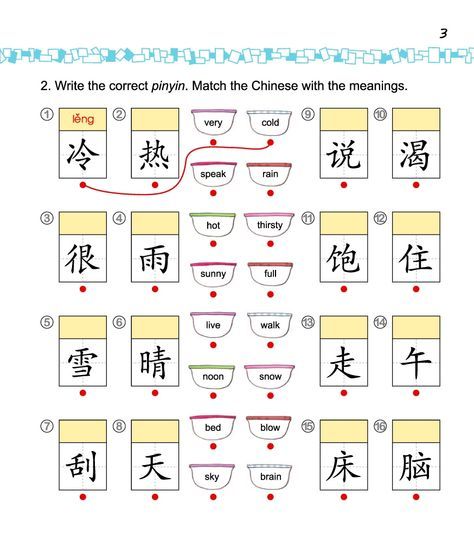
Regularity is an important point. Children have developed short-term memory, it is better to study a little bit, but regularly, maintaining interest in the language. And, of course, encourage the child. So the child will have an incentive, and he will begin to be more productive, which will greatly facilitate the task for parents.
5 top Chinese textbooks for children
"Chinese from Laoshi". This is a series of textbooks for different ages and levels of language proficiency. For kids, this is the very first textbook where children get acquainted with keys, that is, the correct pronunciation of sounds. Further, hieroglyphs and their spelling are explained in an accessible, simple and understandable form. The textbook is well illustrated, so it arouses interest among children, pushing them to learn new things.
Cheerful Chinese. Included with the textbook are audio and video that help children learn phonetics. A spelling notebook teaches you to write hieroglyphs correctly and accurately. Materials for teachers and parents are also provided. It is positive that the tasks in the textbook are written in Russian. With this textbook, children are interested in listening to songs in Chinese, watching videos and learning new things about this amazing country from them.
A spelling notebook teaches you to write hieroglyphs correctly and accurately. Materials for teachers and parents are also provided. It is positive that the tasks in the textbook are written in Russian. With this textbook, children are interested in listening to songs in Chinese, watching videos and learning new things about this amazing country from them.
Chinese textbook 5 to 9classes. The textbook was written by Russian-speaking teachers who understand the complexity of learning Chinese, and therefore they wrote about everything as simply as possible. Schoolchildren studying from these books note that they are convenient and easy to learn from. They describe in detail the rules of pronunciation and spelling, as examples there are many interesting exercises and texts that tell about the people, life and culture of this country. According to this textbook, you can study not only with a teacher, but also independently at home.
"Easy steps to Chinese".